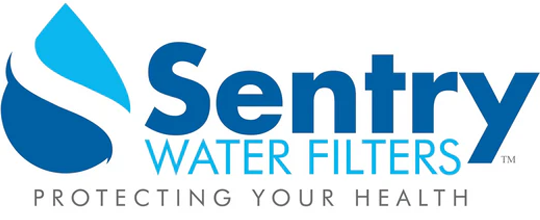
What Does Reverse Osmosis Actually Remove? A Deep Dive into RO Filtration!
Share
Reverse Osmosis (RO) systems are often considered the gold standard for home water purification, but what exactly makes them so effective? The magic lies in the semi-permeable membrane, which acts as an incredibly fine sieve, filtering out impurities down to **0.0001 microns**.
By forcing water under pressure through this membrane, the RO process rejects a vast array of contaminants based on their size and ionic charge, giving you exceptionally pure water.
The Major Contaminant Groups Filtered by RO
RO systems excel at removing substances that are dissolved in water, collectively known as Total Dissolved Solids (TDS). The membrane's rejection rate is typically **90%** to **99%** for these impurities.
1. Heavy Metals and Inorganic Ions
This is where RO systems offer powerful protection. The membrane's tight structure effectively blocks the ions of heavy metals.
| Contaminant | Why It's Removed |
| Lead, Copper, Barium | Toxic heavy metals often leached from plumbing. |
| Arsenic (Pentavalent) | A highly toxic element often found in groundwater. |
| Fluoride | Reduced for those concerned about over-consumption. |
| Nitrates and Nitrites | Common agricultural pollutants, a risk for infants. |
| Chromium (Hexavalent & Trivalent) | Industrial pollutants with health concerns. |
| Sodium (Salt) | Excellent for reducing salt in softened or naturally salty water. |
2. Particulates and Cysts
While the RO membrane handles the absolute smallest particles, the system’s pre-filters (sediment filters) handle the larger matter to protect the membrane. However, the RO membrane provides a final, absolute barrier against microscopic contaminants.
- Asbestos
- Protozoan Cysts (like Cryptosporidium and Giardia)
- Rust and Silt
3. "Forever Chemicals" and Certain Organics
Emerging contaminants are a growing concern, and RO is one of the most effective solutions available for them.
- PFAS (Per- and Polyfluoroalkyl Substances): Often called "forever chemicals," RO is highly effective at reducing these persistent industrial compounds.
- Pesticides and Herbicides: Many large pesticide molecules are successfully rejected by the membrane.
The Importance of the Multi-Stage System
A home RO system is not just the membrane; it's a multi-stage filtration unit. This combination is what provides comprehensive purification:
- Sediment Filter (Pre-Filter): Removes large particles like dirt and rust to protect the delicate RO membrane from clogging.
- Activated Carbon Filter (Pre-Filter): This stage is crucial because the RO membrane is not efficient at removing chlorine or Volatile Organic Chemicals (VOCs). The carbon filter removes these to prevent damage to the membrane and improve taste/odor.
- RO Membrane: The heart of the system, responsible for reducing TDS and heavy metals.
- Post-Carbon Filter: A final "polishing" filter to remove any residual tastes or odors before the water reaches your faucet.
What RO Systems DO NOT Remove (or require help with)
No single filter can remove everything, and an RO system has a few limitations that the other stages in the system address:
- Chlorine and VOCs: The RO membrane itself is weak against these. This is why the Activated Carbon filter is an essential part of every RO system.
- Dissolved Gases: Gases like hydrogen sulfide (which causes a "rotten egg" smell) can pass right through the RO membrane. A specialized carbon filter is needed for this odor.
- Bacteria and Viruses: While the pores are too small for these to pass, RO systems are not certified for microbial removal. For guaranteed disinfection, the system should be paired with a UV (Ultraviolet) filter, especially if you rely on well water.
The Bottom Line
A Reverse Osmosis system is arguably the most comprehensive point-of-use solution for tackling the broadest range of water contaminants, significantly reducing Total Dissolved Solids, heavy metals, and persistent "forever chemicals."
If your primary goal is the maximum reduction of dissolved inorganic contaminants for the cleanest-tasting water possible, RO is your best bet. Always ensure you purchase a system that is certified to NSF/ANSI standards to verify its specific contaminant removal claims.
